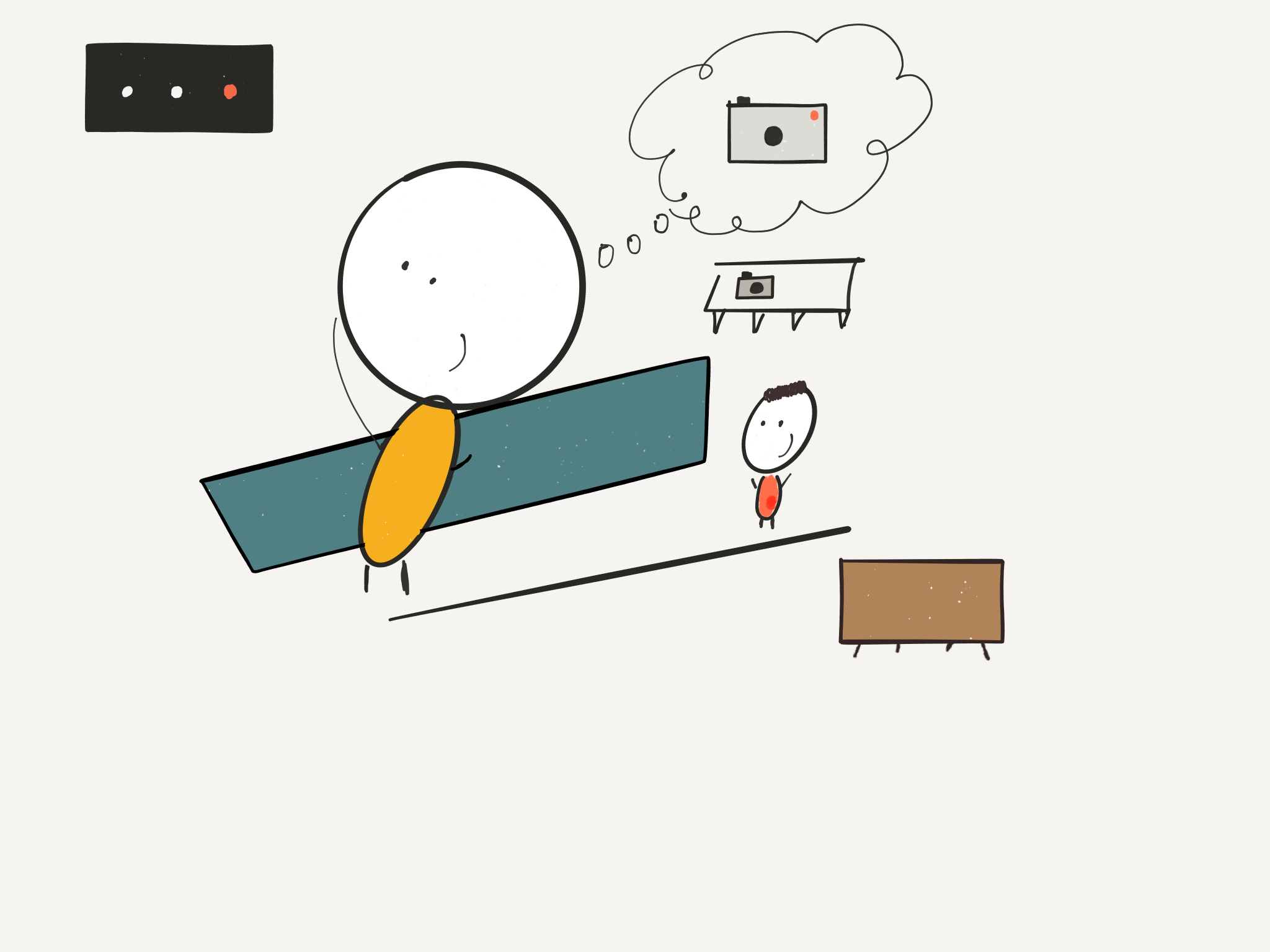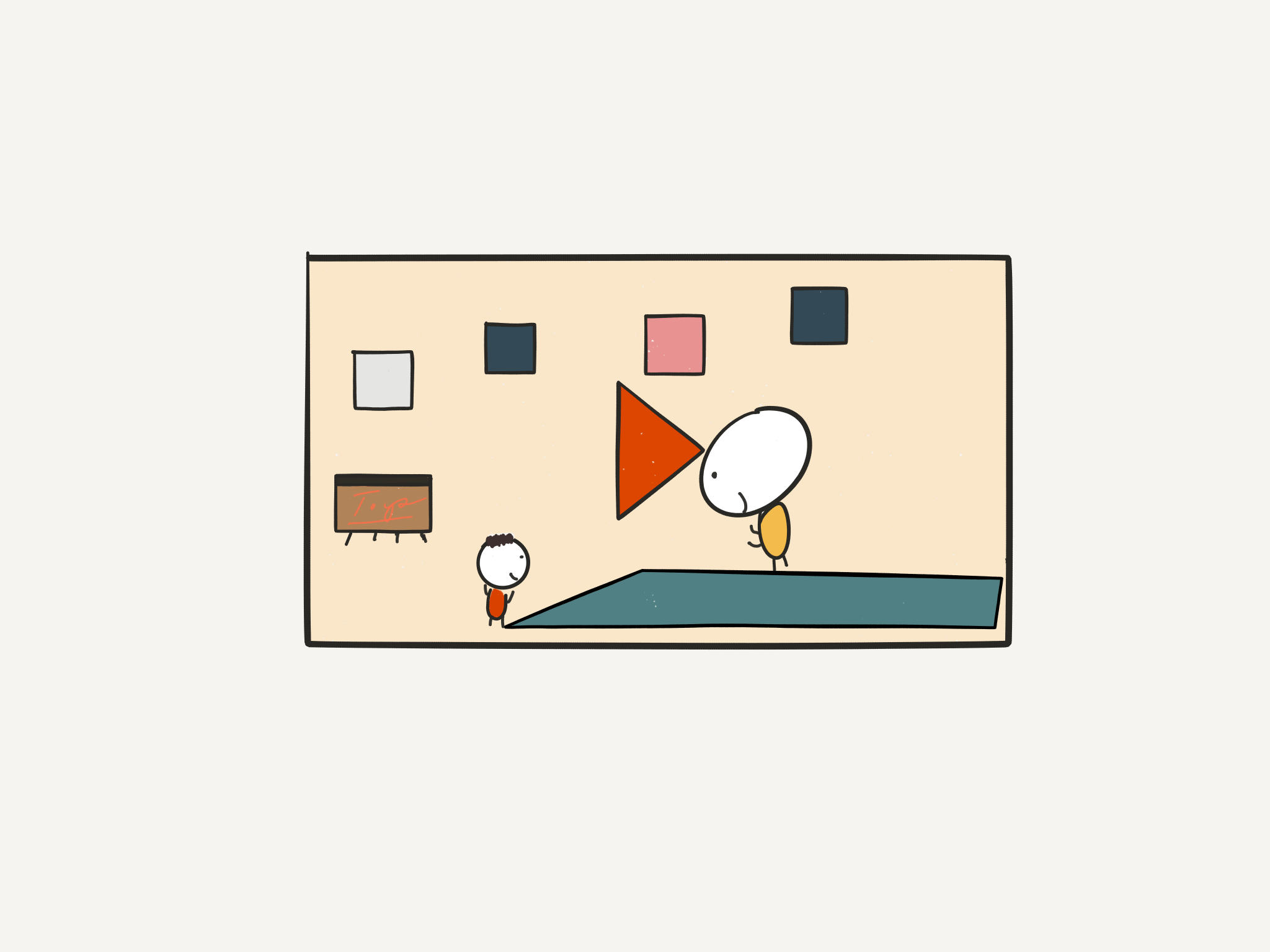Memoravidia
Team Members:
Nick DeJesus
Methods:
Affinity Diagramming, Documentation, Scenarios, Sketching, Storyboarding, Usability Testing, Wireframing
My Contribution:
Documentation, Ideation, Prototyping, Sketching, Research
Time Frame:
3 weeks (September 2016)
SNAP
SNAP is an accelerated prototyping lab that started in SapientRazorfish Boston. Each month, we staff two members of the SapientRazorfish team to spend three weeks - 1 week concepting and 2 weeks prototyping - to build out a physical prototype. This concept has to be based on a specific audience and a specific technology that is decided at random before a 2 hour ideation session with a multidisciplinary group of SapientRazorfish coworkers.
After the workshop, the two team members have 2 days to develop three refined concepts to a senior leadership committee. The committee choose one of those concepts for the team to move forward with and the team has 2 weeks to build a fully functional prototype.
The first three weeks September of 2016, I worked through the SNAP process with Nick DeJesus to create Memoravidia, a hands free video camera for new parents to record a moment with their child.
Process
Ideation Workshop
The audience that was randomly decided for me and my partner was New Parents and the technology was Gesture Recognition.
Team ideation/Rapid Research
“When we had our first baby, my wife became a master at doing everything with one hand. New parents never have two hands free.”
Conversations with new parents, particularly this quote, led us to focus on "one handability" as a design focus in our concepting.
Insights
New parents are usually juggling several tasks at one time and don't have both hands free.
New parents often feel like time is rushing by.
New parents want to capture their child's life, but they do not want to always be behind a camera.
Through interviews with parents, a brief survey, and working with the participants in our ideation session, we found that multitasking quickly became a must have skill for new parents.
Approved Concept
From our insights, we put together three concepts that we believed would help with common tasks we heard from the parents we spoke to. All of these concepts were designed around the "one handability" insight. After presenting these concepts to three members of our senior leadership at SapientRazorfish, they asked us to move forward with Memoravidia.
Memoravidia is a motion activated video camera that sits in the corner of a common space. When the parents waves their right hand at the camera, it begins recording. To stop recording, the parent waves their left hand at the camera. Gesture controls, rather than voice mean the parent never has to look away or potentially interrupt their child's activities.
Memoravidia allows a parents to capture video of their children without leaving the moment.

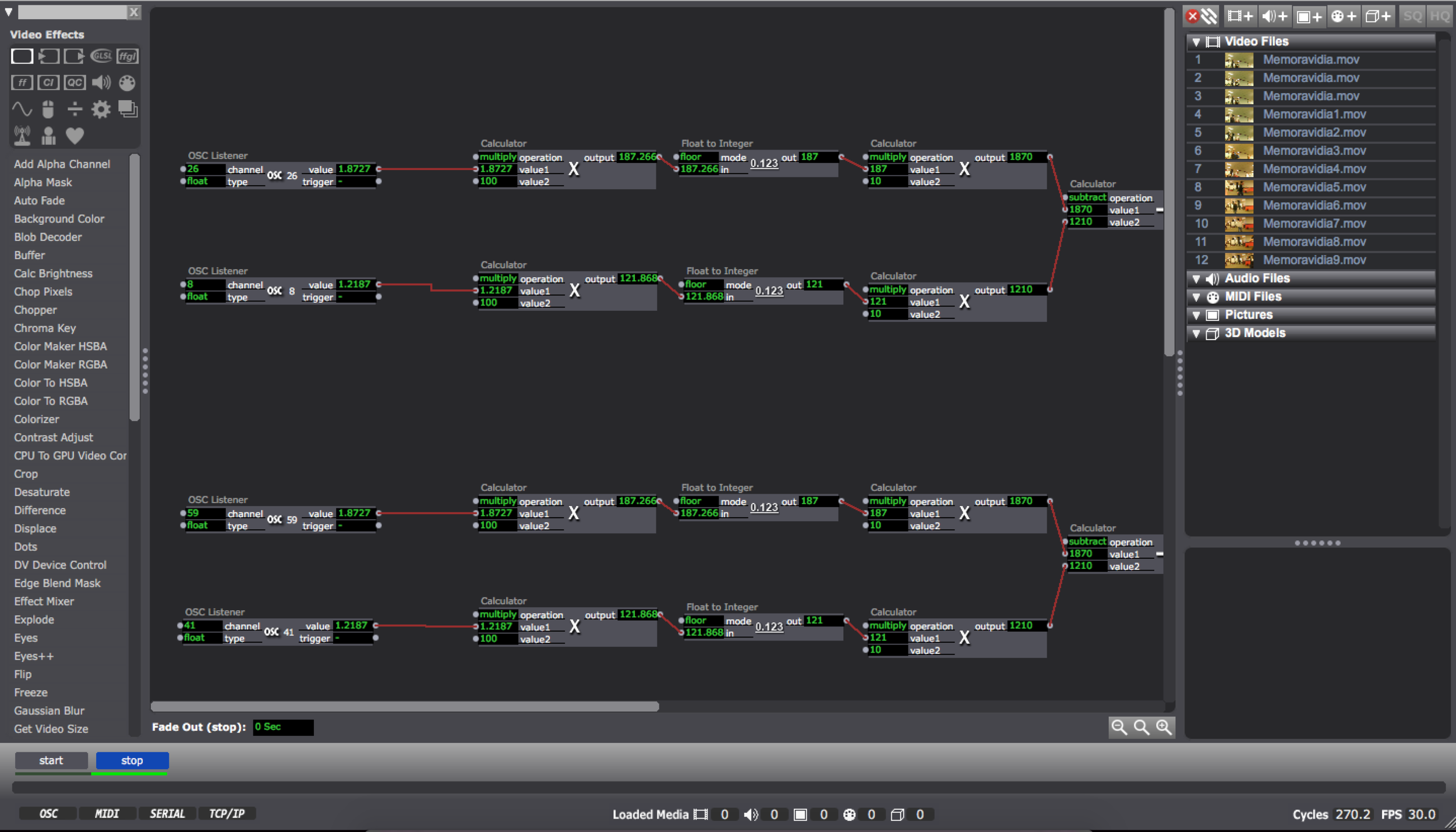
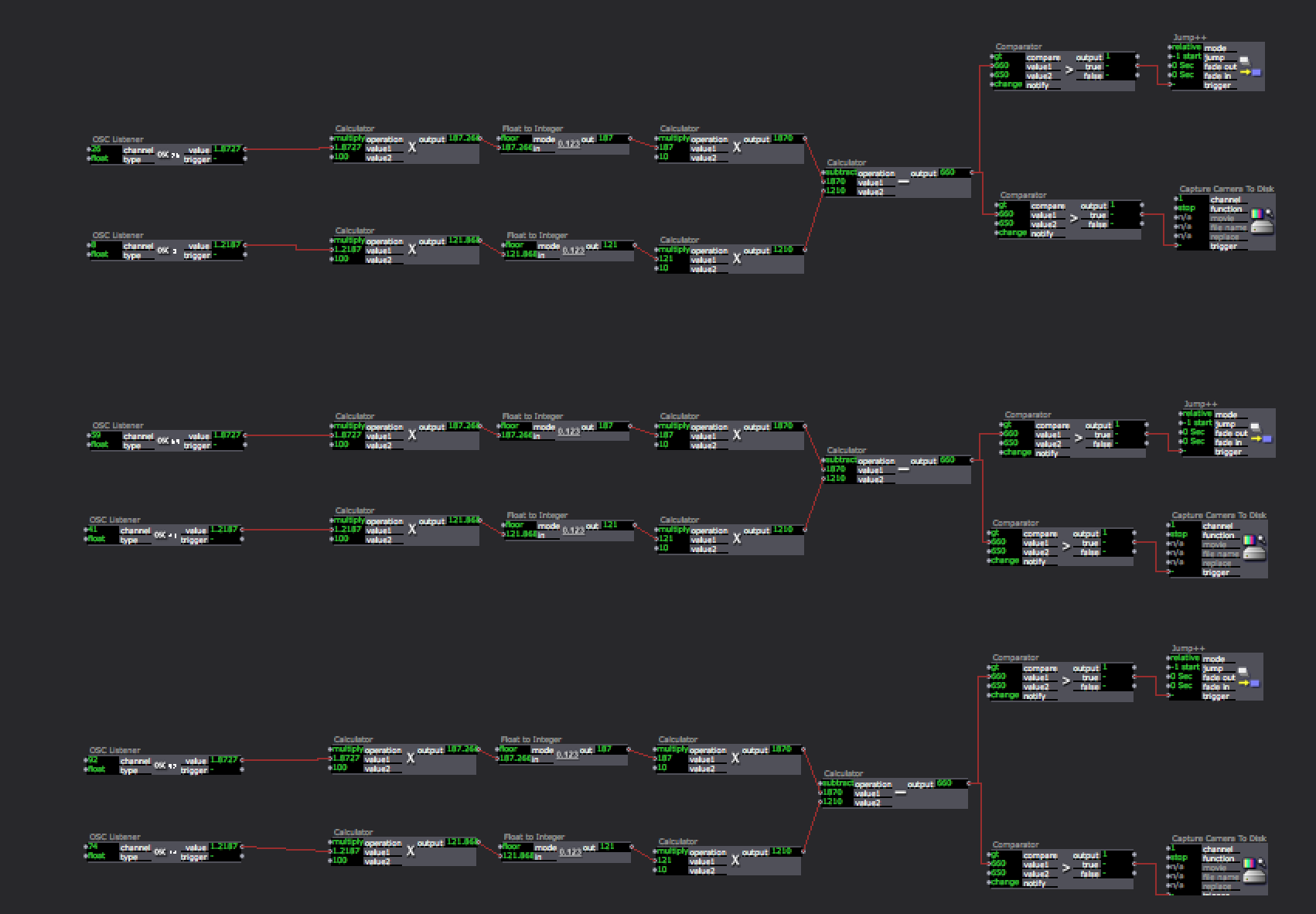
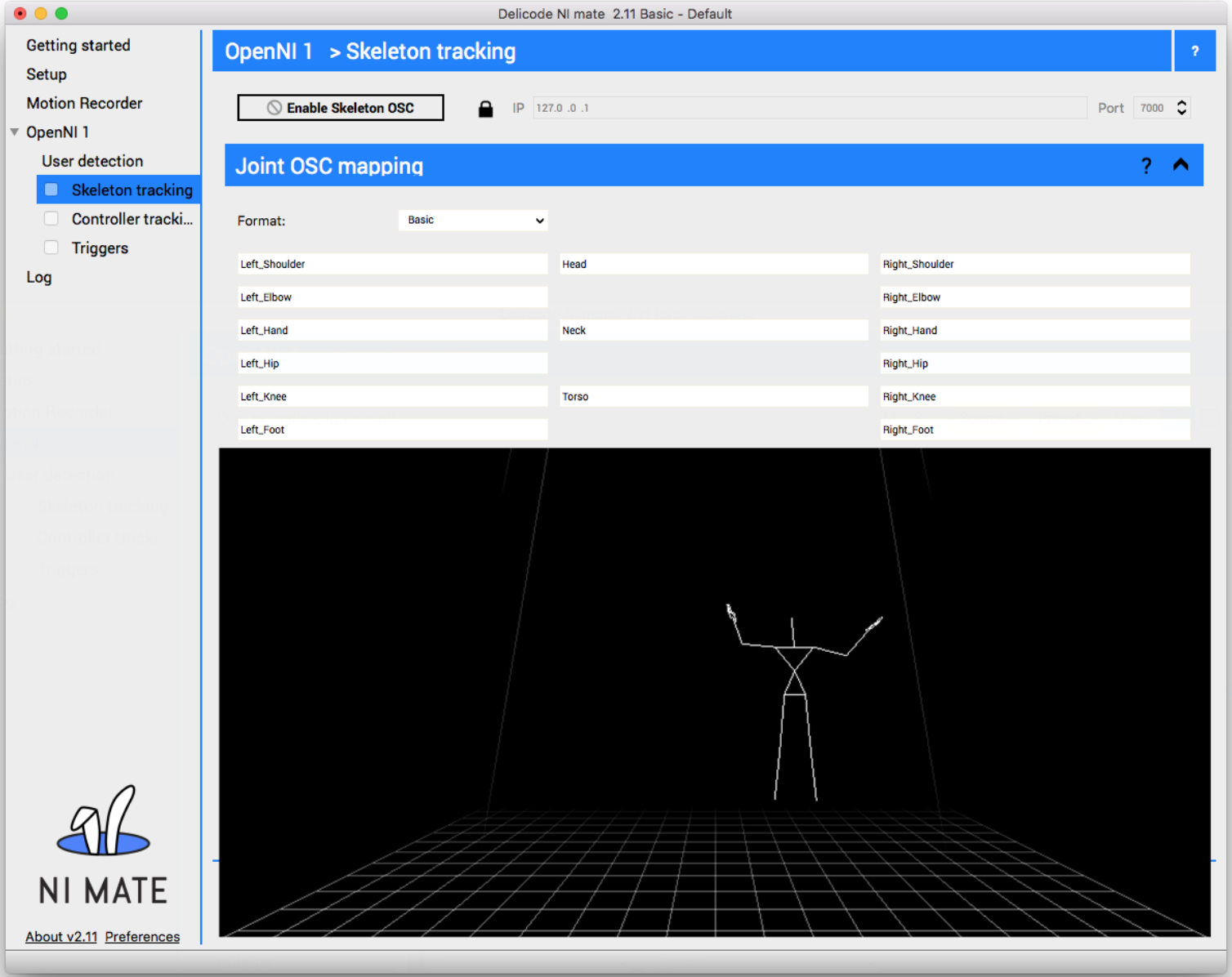
Prototype
In the two week time frame, Memoravidia went through many iterations both from a software and a hardware perspective.
Memoravidia was completely functional at the end of the two week project. It consists of an Xbox 360 Kinect, a small speaker, a camera, a set of USB ports, and a Mac Mini.
The Mac Mini is running two softwares - Nimate and Isadora. Nimate reads position of each body part for those that are in frame. By default it only reads the arm position of those that are more than 4 ft tall to prevent the young children from turning the camera on and off. Nimate can be configured to read any body part though, if a user wanted to use a head nod or another gesture to turn the camera on and off.
Nimate sends the body position data to Isadora. Isadora mapping program where you can set triggers based on the data coming in. When the users right arm hits a specific coordinate, Isadora is what activates the camera. The setup for Isadora and Nimate can be viewed in the photo gallery.
The camera is positioned on top of the box housing all of the components so that the user does not struggle to find the perfect angle for their setup. As a security and privacy measure, nothing on Memoravidia is connected to the internet. On the front of the box, the user has access to a USB drive. All of the videos save to this drive by default.
The box was built to allow access for the motion sensors on the Kinect, the USB ports on the front, and the cord to allow the camera to sit on top.
Takeaways
My favorite aspect of the SNAP initiative is the amount of constraints it brings to the creatives in our office. The opportunity to actually build the hardware alone was a huge learning curve. That combined with the tight timeline really forced me to think critically about the decisions we were making and how we could build the best possible product for our users with the resources at hand.
